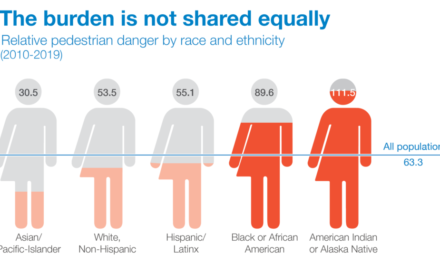It’s been said with no sense of hyperbole that all the planets would have to align for Memphis to have high-quality, efficient public transit.
Such is the lack of confidence that Memphis Area Transit Authority will ever offer the kind of transit system used in other cities to attract young professionals, reduce pollution, and connect urban neighborhoods to job centers.
The absence of quality transit is what a research fellow at St. Jude Children’s Research Hospital calls “Memphis’ hidden surcharge.” The low cost of living allowed her to “quit living like a student,” so “instead of three of us crammed into an apartment in Boston, I can buy a house in Memphis. But what they don’t tell you is that you have to buy a car because the mass transit is so bad.”
Public Un-Transit
Another researcher tells of attending medical school in a city where bus stops had signs blinking the time that the next bus would arrive. Another told of the easy-to-use public transit website in her hometown – complete with GPS-equipped buses so riders can see exactly where they are – and laughs at the idea that “a transit company that can’t manage buses should be guiding light rail decisons.”
The Trip Planner function on MATA’s website suggests that it understands the Memphis surcharge. When it recommends a route, it helpfully reminds that it’s also available by car and that “these directions are for planning purposes only.”
Memphians in large measure are untraveled, and maybe that’s one reason there isn’t greater pressure for better public transit. Of the 50 largest metros, Memphians are last in taking vacation trips and last in “liking to visit places that are different.”
Changing Direction
Many young professionals relocating here marvel that Memphians accept the current transit system. Often, they attended colleges in cities with state-of-the-art mass transit systems, and they are outspoken about what MATA should be.
Accustomed to using public transit regularly in their previous hometowns, they cope here with a system seemingly shaped by the delivery of workers for domestic jobs in suburban homes, by the attitude that its customers don’t have any other choices, and by the philosophy expressed by a MATA executive: “Public transit isn’t for everyone.”
It’s a self-fulfilling prophecy. Polling for Sustainable Shelby revealed that the per gallon price of gas would have to reach $6.70 before suburban riders would climb onto MATA buses.
More Than Roads
Despite all this, however, the planets may in fact be aligning.
First, it’s time for MATA to produce the regional mass transit plan required by federal law. These plans have often been more about putting this year’s date on the old plan rather than considering all the options and the costs.
This time around, a bolder approach is being encouraged by Memphis Metropolitan Planning Organization, the obscure federally-mandated agency that has to give the MATA plan its stamp of approval. MPO is charged with long-range transportation planning, and finally, public transit – and not just building more and more highways – is getting attention.
No Excuses
Second, Sustainable Shelby will be rolled out this month, and it reflects a strong pro-public transit attitude, stating: “Higher aspirations for public transit and improved bus service can decrease the number of cars on the road and improve air quality. A dedicated funding source is needed for higher quality transportation and expansion of service. A truly sustainable community demands a 21st century approach to addressing our transportation needs and challenges.”
Third, and most importantly, the Tennessee Legislature surprisingly passed legislation in May allowing Memphis and other major metro areas to create a Regional Transportation Authority and the “dedicated funding source” that is needed to pay for it.
In its defense, MATA has said that its ambitions have been thwarted by lack of funds to think and act boldly. With the planets now aligned, MATA finds itself in a new “no excuses” era. It remains to be seen if MATA has the ability to make the most of this rare opportunity to become relevant to everyone in our region.
Alignment
If indeed the planets have finally aligned for MATA, they are orbiting around Shelby County Mayor A C Wharton. He’s chairman of the MPO, he’s the architect of Sustainable Shelby, and he could be the key member of a Regional Transportation Authority Board.
Already announced as a candidate for mayor of Memphis whenever that office opens up, it appears that public transit – traditionally the province of the city mayor – now unexpectedly becomes the barometer for testing what a future Wharton Administration could be.
Previously published as Memphis magazine’s City Journal column.



